- +91 73558 86375
- Primemk091@gmail.com
- First Floor, Adjoining Petrol Pump , Defence colony ,Ambala cantt
- +91 73558 86375
- Primemk091@gmail.com
- First Floor, Adjoining Petrol Pump , Defence colony ,Ambala cantt
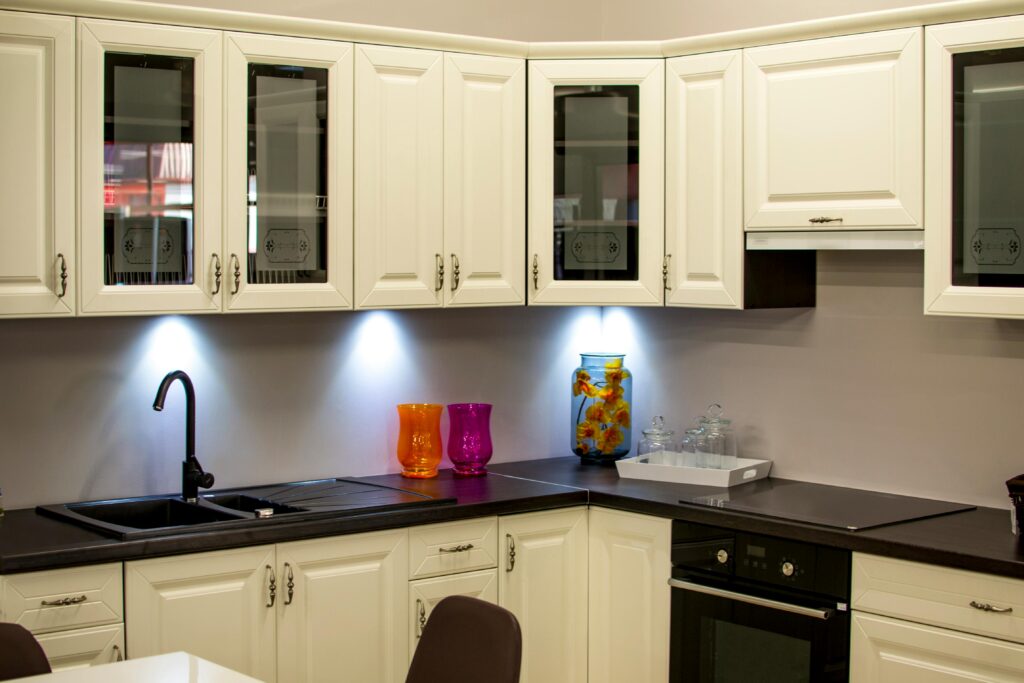
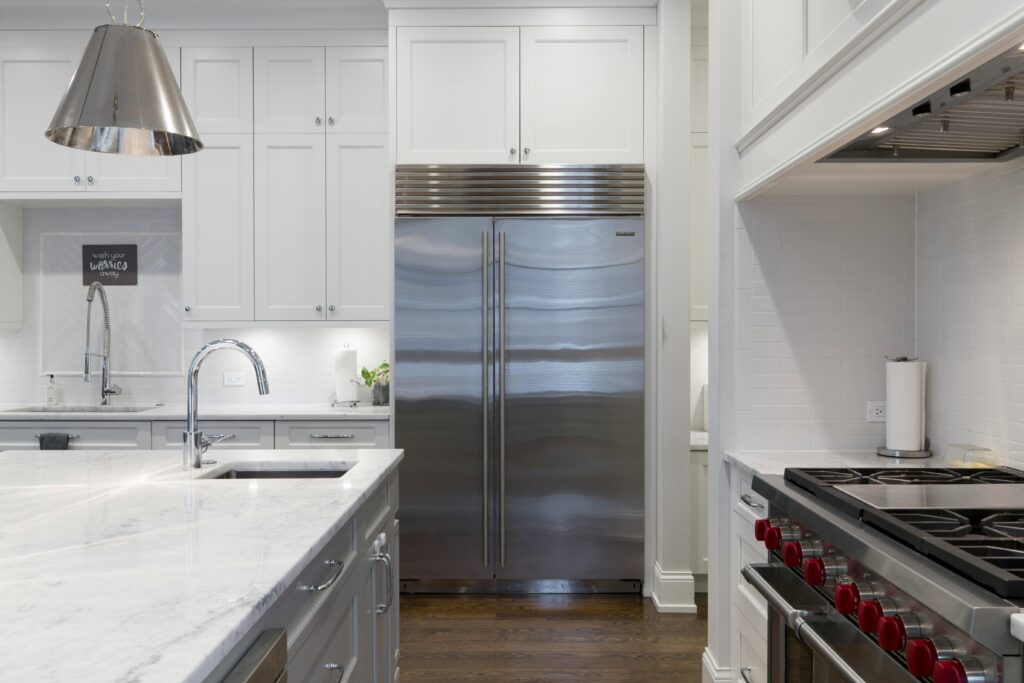
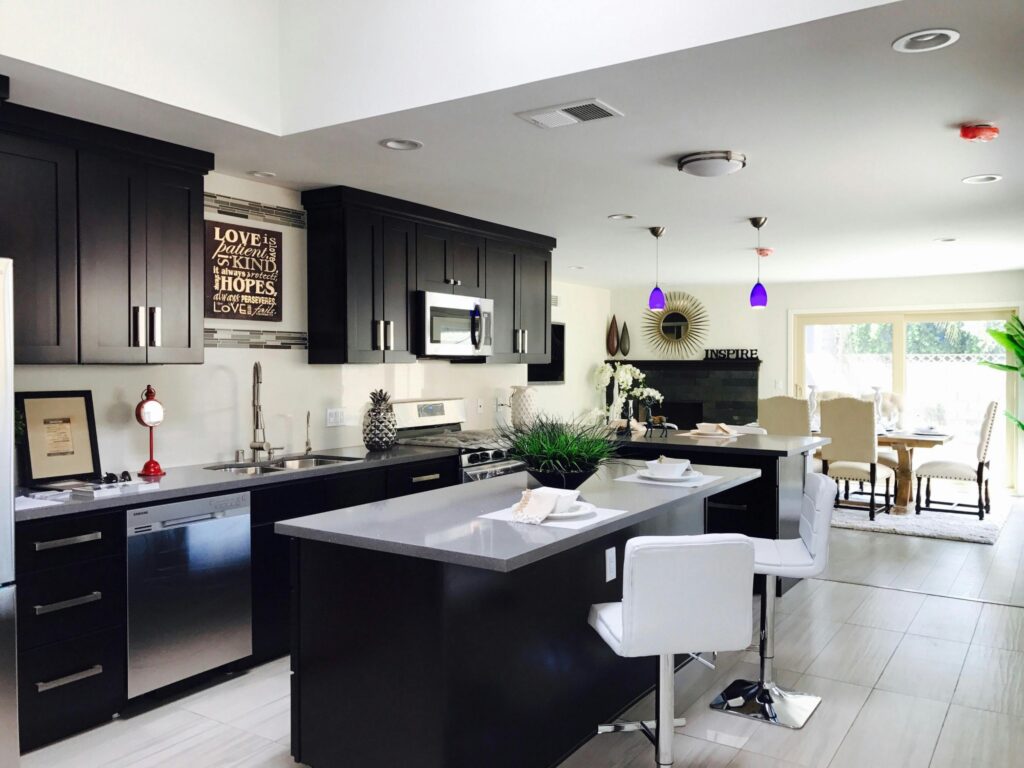
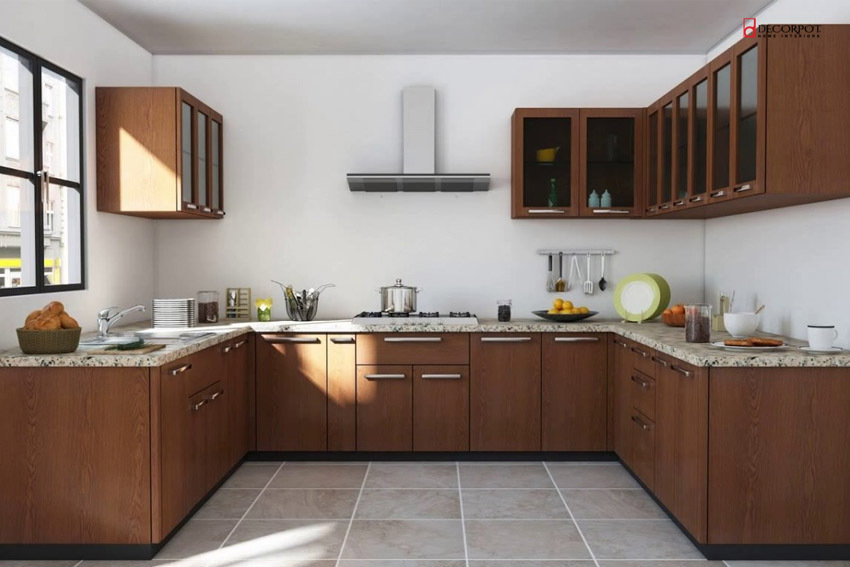

An L-shaped kitchen is a layout where cabinets and appliances are arranged along two adjacent walls, forming an L shape. This design maximizes corner space and provides efficient workflow for cooking and meal preparation. L-shaped kitchens offer flexibility in design, allowing for the incorporation of islands or dining areas for added functionality and style. With its practicality and versatility, an L-shaped kitchen is a popular choice for many homeowners.
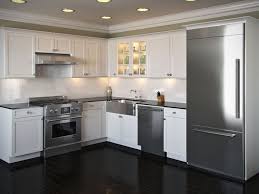
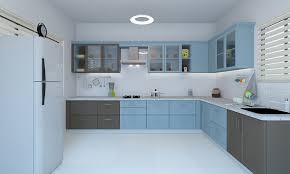
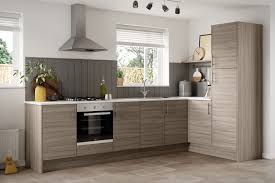
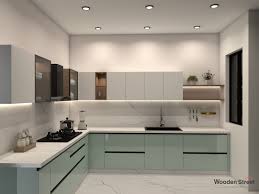
Features of L-Shape Kitchen:
Corner Utilization: Maximizes corner space efficiently, providing additional storage options and countertop space.
Efficient Workflow: Offers a smooth workflow for cooking and meal preparation, with easy access to different areas of the kitchen.
Versatility: Allows for customization with the addition of islands, peninsulas, or dining areas, enhancing functionality and aesthetics.
Space Optimization: Utilizes available space effectively, making it suitable for both small and large kitchen areas.
Social Interaction: The open design encourages social interaction by allowing multiple people to work and move around comfortably.
Practicality: Provides practical storage solutions and workspace, catering to various cooking and lifestyle needs.
Advantages of L-Shape Kitchen:
Optimized Space: Maximizes available space efficiently, providing ample room for storage and meal preparation.
Efficient Workflow: Offers a well-defined workflow, allowing for seamless movement between cooking, cleaning, and storage areas.
Versatility: Allows for customization according to individual preferences and needs, accommodating different kitchen layouts and features.
Adaptability: Suitable for various kitchen sizes and shapes, making it a versatile choice for different home designs.
Social Hub: Creates a comfortable and inviting space for socializing and entertaining while cooking or preparing meals
Considerations When Choosing an L-Shape Kitchen:
Space Availability: Assess the available kitchen space to determine if an L-shaped layout will fit comfortably and allow for adequate movement.
Workflow: Consider the flow of the kitchen and ensure that the L-shaped layout provides efficient access to cooking, cleaning, and storage areas.
Functionality: Evaluate your cooking habits and lifestyle needs to customize the layout with features that enhance functionality and convenience.
Aesthetic Preferences: Choose materials, colors, and finishes that complement the overall style and theme of your home.
Budget: Determine your budget for the kitchen renovation or remodeling project and prioritize features within the L-shaped layout accordingly.
Consultation: Seek advice from kitchen designers or professionals to help optimize the layout and ensure that it meets your practical and aesthetic requirements.
